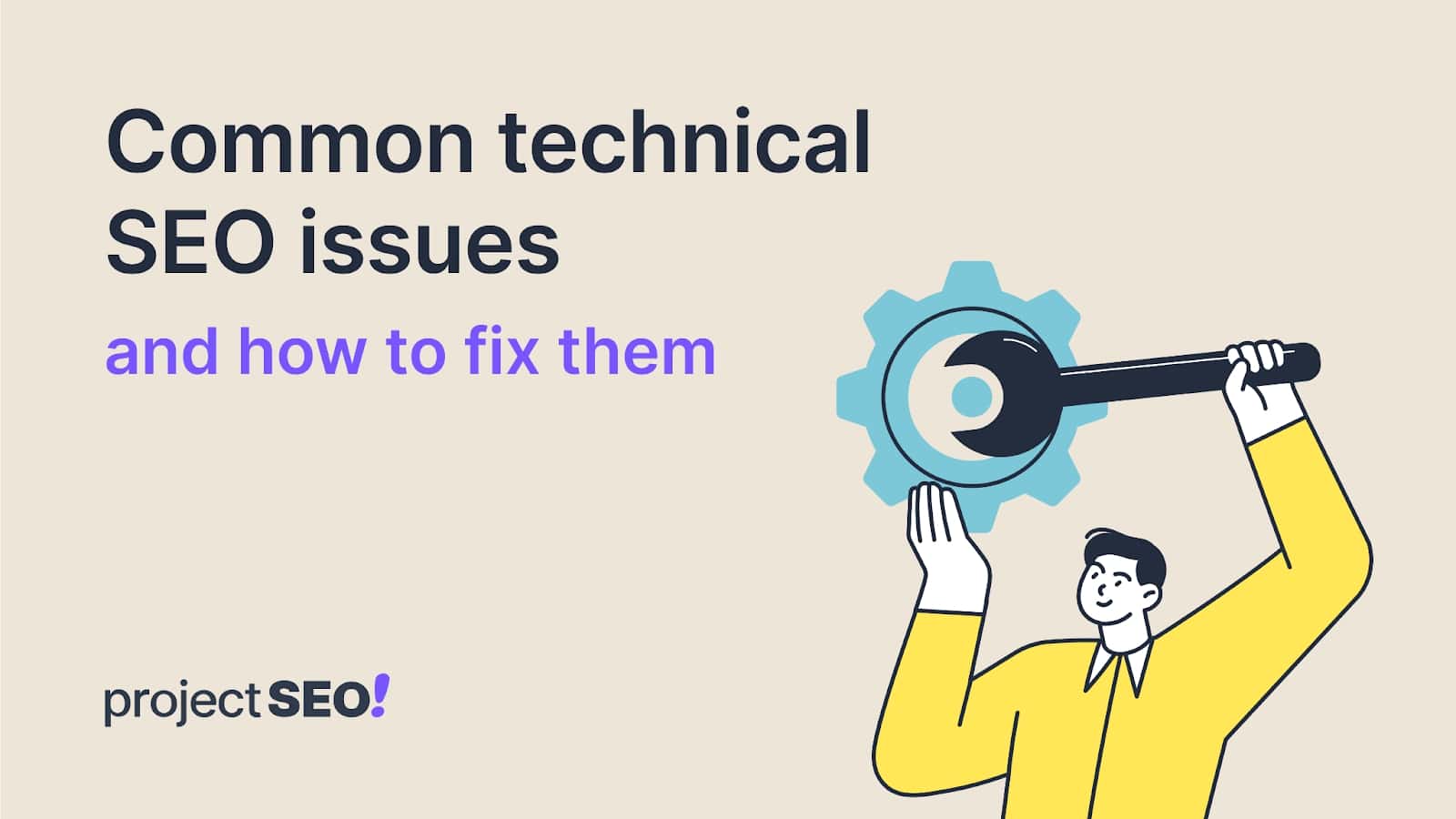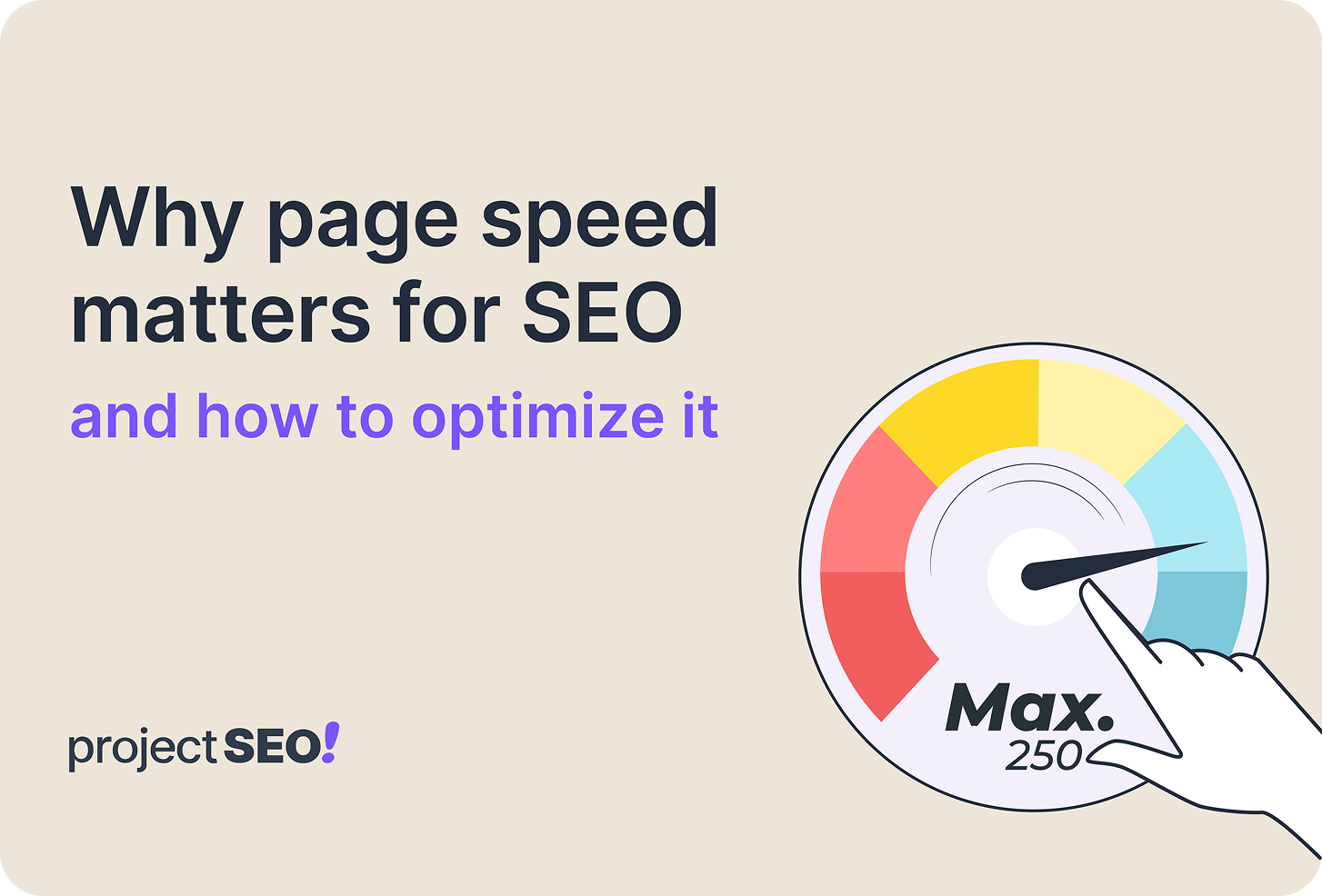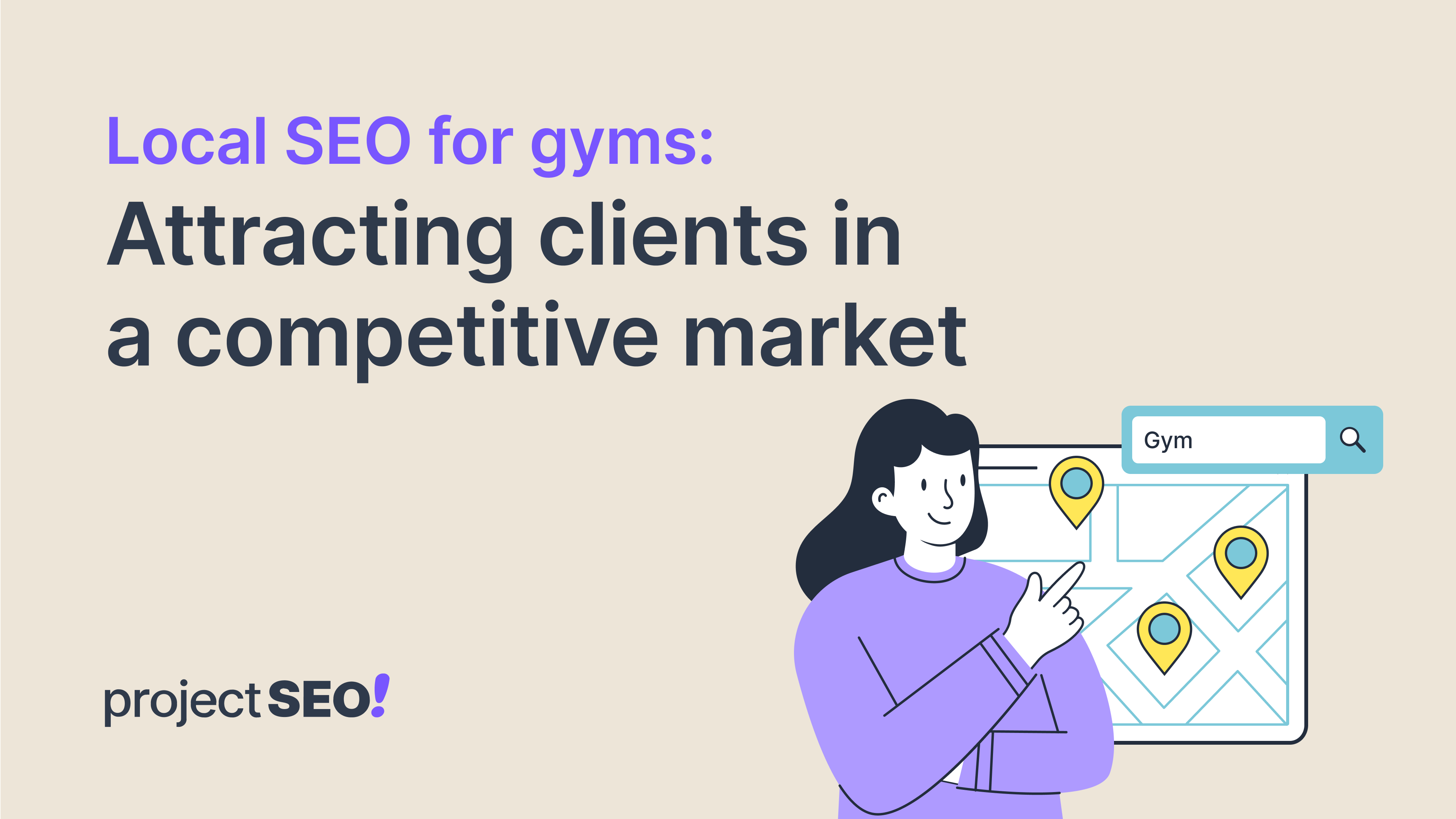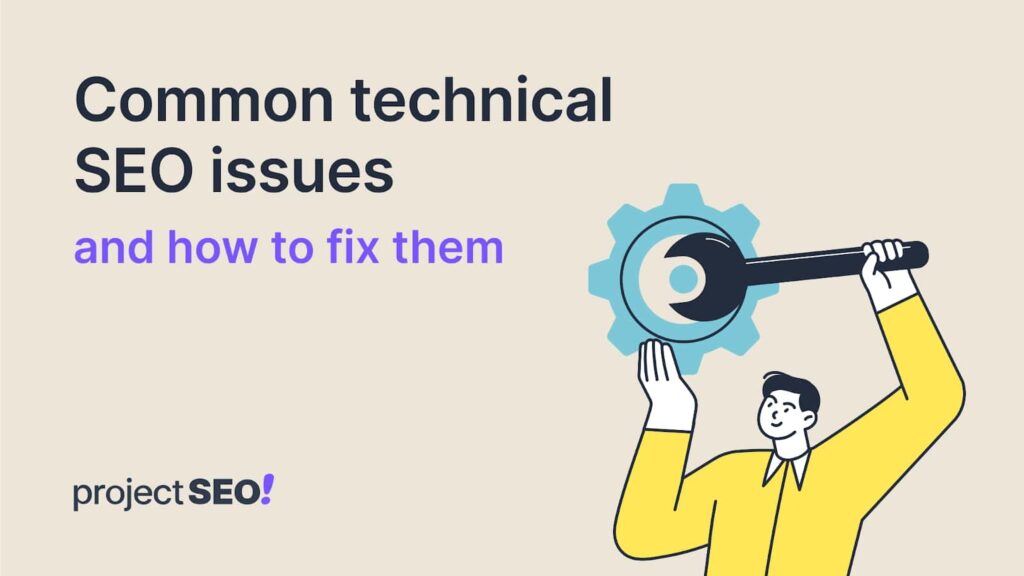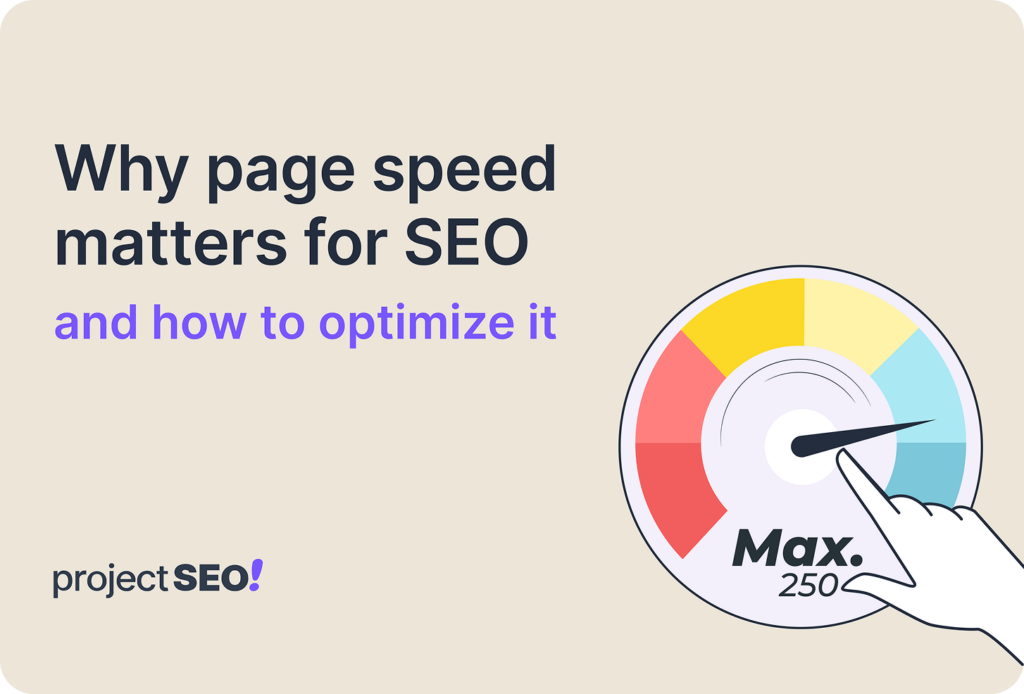Navigating the competitive terrain of SaaS marketing in 2024? It’s a mix of the old and new, with some companies clinging to traditional routes and others embracing the digital wave.
Though the allure of paid online ads is undeniable, the cornerstone for sustainable growth and lead generation remains unchanged – organic search.
In many years of experience elevating SaaS platforms, one truth stands paramount: mastering SEO is non-negotiable. It’s not just a strategy but a gateway to unprecedented visibility and customer engagement.
As we plunge into 2024, the roadmap to securing that coveted first spot on Google’s page one is being redrawn. User expectations, algorithm intricacies, and the competitive SaaS landscape are evolving. But with a tailored SEO strategy, ascending to the pinnacle of search results isn’t a hope – it’s a guarantee.
Join us as we unveil the compact, yet potent, SEO tactics that will be the catalyst for your SaaS business’s rise to prominence this year. Your pathway to heightened visibility, traffic, and conversions is about to be demystified.
Why SEO vs other marketing channels?
When it comes to promoting your SaaS product, there are many marketing channels to choose from. However, we believe that SEO is the best choice for several reasons.
Why not Google PPC?
If you’re unfamiliar with the process, here’s how paid search operates in the SaaS realm…
A company is exploring “employee training and development platforms.” They type this into the search engine, and immediately, ads featuring various platforms are highlighted at the top of the page.
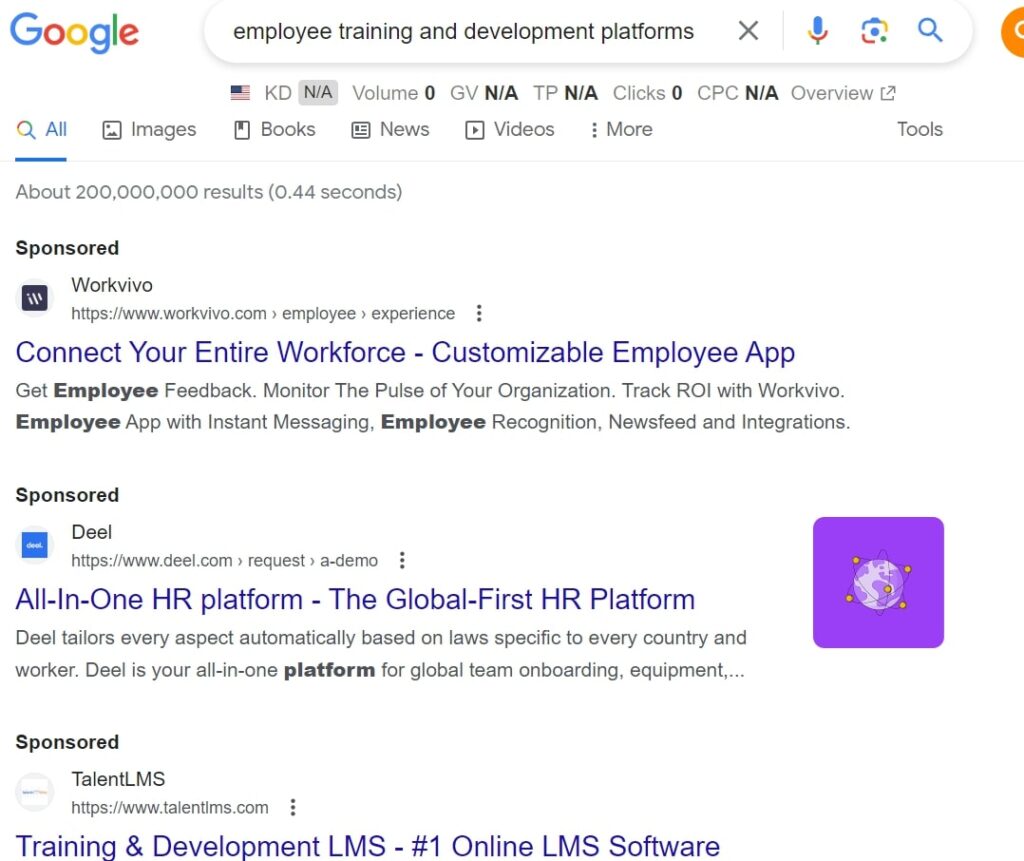
Every click on your ad costs you a certain amount, and this cost fluctuates depending on the competitiveness of the keyword. For instance, if you’re targeting “cloud-based employee training software” and the cost per click is $12.50, your weekly expenditure could easily escalate to hundreds or thousands for acquiring leads.
But does it offer a good return on investment?
Well, it hinges on your expertise in managing these ads.
If your ad campaigns are adeptly crafted and managed, it’s absolutely well spent money. But if you’re pouring a fortune into ads and either the leads are scanty or conversions are slim, then it’s a financial sinkhole.
MASTER PPC: Your Ultimate Guide to Navigating Pay-Per-Click Campaigns for SaaS Businesses
Why not social media ads?
Facebook, TikTok, Instagram and LinkedIn – all giants in the social media domain, each offering seemingly lucrative advertising opportunities to propel your SaaS offerings into the limelight.
However, a critical challenge lurks beneath: users on these platforms are primarily there to socialize and consume engaging content. They are not actively seeking SaaS solutions.
Moreover, the nature of ads on these platforms can often render them less effective. They can be seen as intrusive and are frequently skipped or ignored. A study by Ruler Analytics highlighted that the conversion rate for SaaS leads via social media ads is considerably low, even below 10%.
It’s a sobering reality.

The epiphany of requiring a specific SaaS solution rarely dawns upon someone while scrolling through viral content or friends’ updates. The journey to discover SaaS tools is typically intentional and need-driven.
This pivotal realization underscores the indomitable power of SEO. Prospective clients, armed with specific needs, instinctively turn to search engines. Mastering SEO thus becomes not just beneficial, but essential, acting as a direct gateway to connect with these ready-to-engage prospects, making it a cost-effective and profitable strategy.
Why not organic social?
While the power of organic SEO is undisputed in the realm of search engines, its counterpart, organic social media marketing, doesn’t always measure up, especially in the SaaS industry.
Creating content, engaging with the audience, and showcasing your expertise on social platforms can undeniably augment brand presence. However, when it comes to generating and nurturing leads, and converting these into customers, organic social has its limitations.
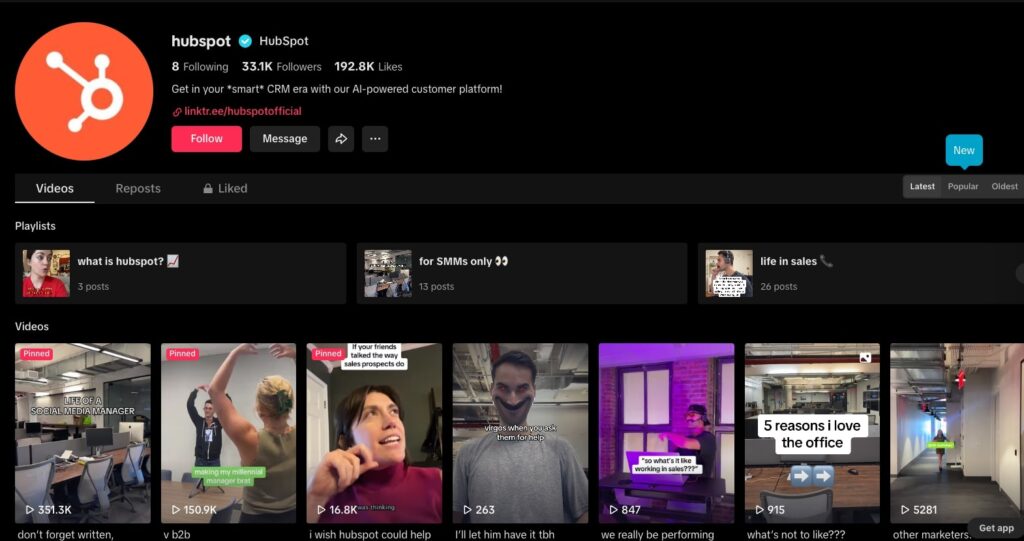
The investment of time and energy into organic social is significant. Yet, despite the effort, there’s no assurance you’ll connect with a specific audience actively seeking your SaaS solutions. The nature of social media is exploratory and social, not necessarily transactional or need-based.
Thus, while organic social remains a valuable tool for brand amplification and engagement, its efficacy for direct lead generation and customer acquisition in the SaaS landscape can be constrained.
SEO traffic is plentiful and converts the highest
Organic traffic stands as a golden resource in the SaaS world, a gift that persistently augments. Unlike the fleeting gains marked by paid ads, where investment and return walk hand in hand, organic traffic plants seeds for continual growth. Paid ad campaigns often mirror a staircase – as aspirations to earn more mount, so does the investment.
With the climbing cost of acquisition, elevating ROI turns into a formidable challenge.
Contrastingly, SEO stands as a resilient ally. Its potency is fueled by the myriad of keywords ripe for targeting, paving the path for the coveted ‘hockey stick’ growth trajectory.
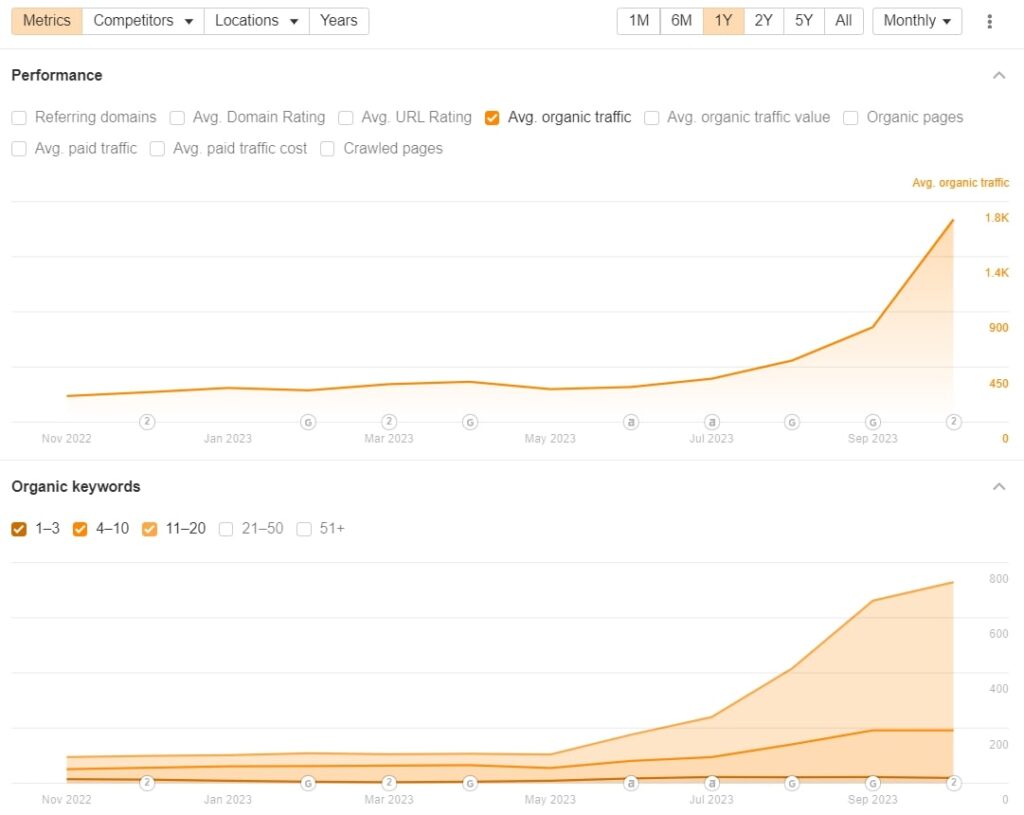
Here, the investment plateau while returns soar, an emblem of efficiency and profitability.
It’s compelling to highlight that a significant portion of engagement in the SaaS sector is ushered by organic search. Collaboration with one of our clients bears testimony. A dedicated SEO strategy amplified their organic sessions by 45%, without the influx of paid traffic.
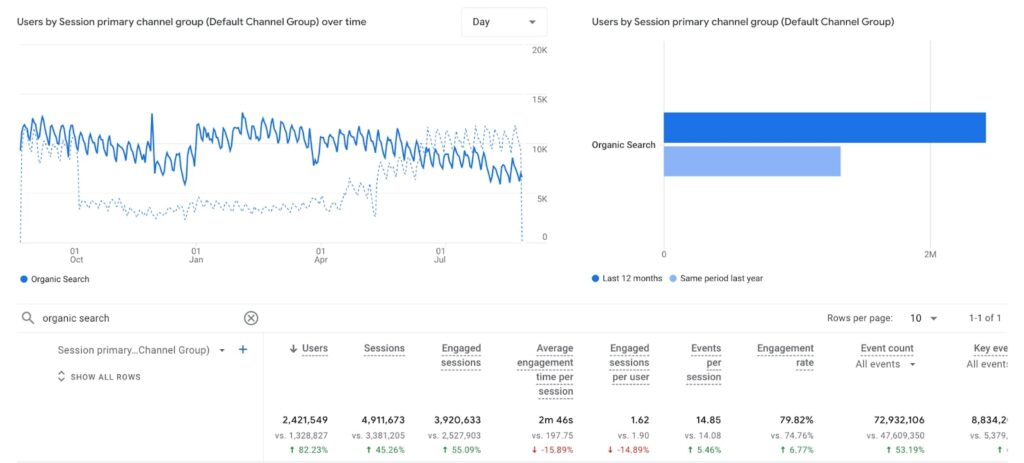
This narrative of growth isn’t isolated. It’s a recurrent theme. Our ongoing partnership with Appointlet mirrors a similar tale – elevated traffic and engagement metrics, an outcome of strategically harnessed organic traffic.
In the landscape of SaaS, where products are complex and buyer journeys intricate, the organic pathway, guided by SEO, isn’t just a strategy – it’s an indispensable asset, fostering visibility, engagement, and conversions.

Our simple 7-part SEO strategy for SaaS companies
At Project SEO, we hold simplicity as our north star. Every aspect of our approach is anchored in the Pareto Principle:
Devote your energy and efforts towards tasks that promise significant impact, and execute them with utmost precision.
It’s about harnessing 20% of efforts to yield 80% of the results. This tenet resonates profoundly when applied to SEO strategies in the SaaS domain.
Here’s where to channel your focus for optimal results.
1. Mastering keyword strategy for SaaS
In the competitive world of SaaS, understanding your market is the foundation of any solid SEO strategy. Leveraging a keyword research tool can unveil the terms and phrases that potential clients type when scouting for software solutions. But it’s not just about identifying these keywords; it’s about mapping them to their search intent.

Does the user want an informational guide, or are they inching closer to a purchase decision? By tailoring your content to match this intent, you’ll create a more effective connection with potential clients. Remember to seamlessly incorporate these keywords into website content, ensuring every target keyword aligns with a relevant page. Additionally, optimizing meta descriptions and titles can significantly boost click-through rates from search engine results.
2. Technical SEO strategies for SaaS websites
A well-organized website structure is fundamental to ensuring that Google’s search engine bots can easily crawl, index, and rank your pages. Addressing this early on is crucial to bolstering your site’s visibility on the Search Engine Results Pages (SERPs).
Optimizing a SaaS website structure leans towards the technical but is manageable. The focus is on integrating essential pages that cater to the needs of your audience and search engines alike:
- Home Page
- Product/Services/Solutions
- About Us
- Customer Testimonials/Case Studies
- Blog
Consider enhancing your site with additional pages that offer enriched user experience and added value:
- FAQ
- Partnership/Integration Information
For instance, take a cue from prominent SaaS platforms like TimeDoctor or Miro. Their websites are structured to offer not just product information but also valuable resources, customer success stories, and multiple touchpoints for visitor engagement, ensuring a comprehensive user experience that caters to diverse audience needs and interests.
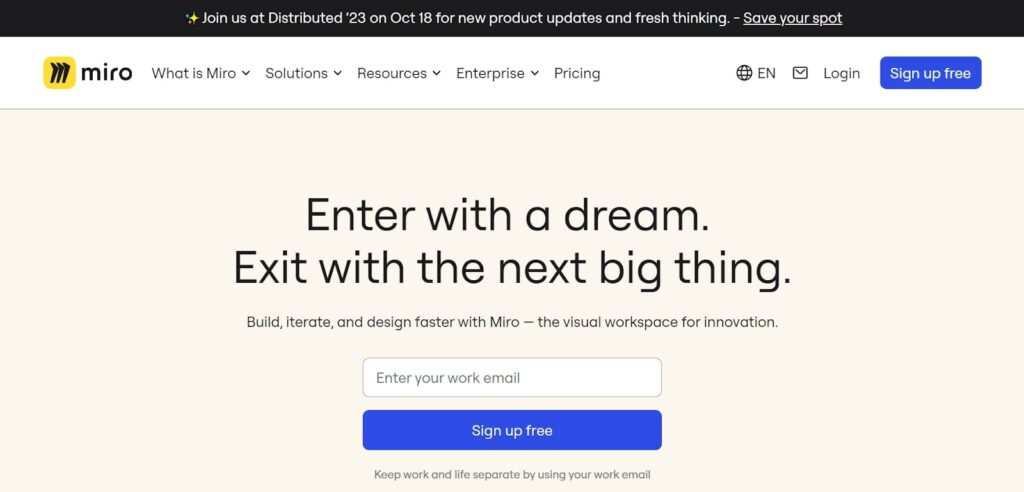
The navigation bar at the top clearly showcases the well-laid-out site structure, encapsulating all the essential elements previously highlighted.
One crucial component is the customer testimonials or case studies page. Here’s an example from a leading SaaS company illustrating the significance of showcasing positive customer experiences and successful case studies. This page serves as a testament to the efficacy and value of their software solutions, instilling confidence in prospective clients and partners.

Focus on making your SaaS website user-friendly, ensuring fast load times, efficient navigation, and mobile optimization. Building internal links not only helps in distributing page authority but also significantly improves site navigation, guiding potential clients to the information they seek.
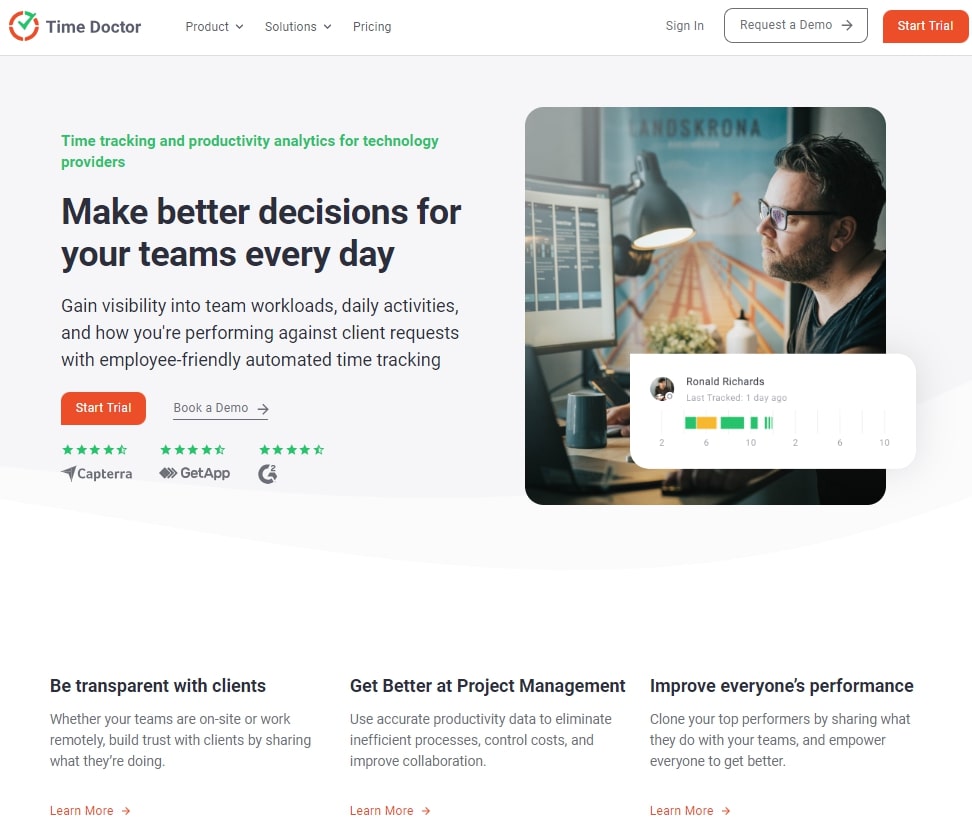
Don’t underestimate the importance of incorporating supplementary pages, like an FAQ section, to address potential queries or concerns that prospects might have. Providing answers to these questions can eliminate obstacles that prevent them from engaging with your SaaS company or trying out your software.
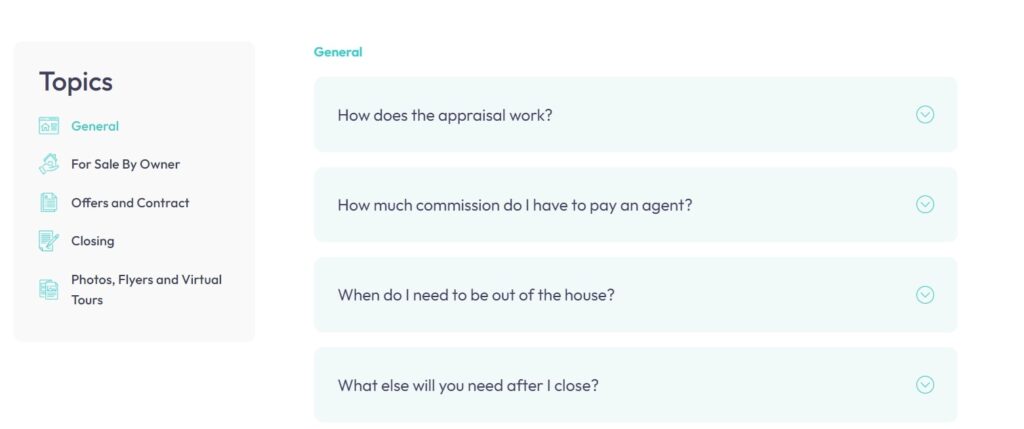
Organize the questions in your FAQ section by topics or product categories to facilitate easy navigation for visitors. This not only aids in providing quick answers to the visitors (without them reaching out to your customer service) but is also an effective SEO strategy.
In addition to harnessing keywords for improved rankings, having dedicated partnership pages can enhance your SEO efforts. These pages can attract backlinks from tech blogs, business directories, and media outlets, further boosting your online authority and search engine rankings.

An increased volume of websites linking to yours informs Google that your content is both relevant and valuable, meriting a higher rank on search results pages. This accrual of organic backlinks doesn’t necessitate proactive outreach to other sites, streamlining the SEO enhancement process.
For SaaS companies, the strategic inclusion of partnership pages can augment this organic growth. It aids in establishing authority and credibility, not just for prospective clients but also in the evaluative eyes of search engine algorithms. The natural accretion of backlinks reinforces the relevance and authority of your site, propelling both its visibility and user engagement metrics.
3. Developing a multilayered content marketing strategy
In the realm of SaaS, the journey to driving substantial traffic to your website is paved with a meticulously crafted content strategy. Content not only dominates the SEO landscape but also serves as the primary resource that potential customers seek on search engines.
Your task is to create enriching and insightful blog posts designed to inform, engage, and potentially lead your audience to a conversion. The objective is to demystify complex SaaS concepts and elucidate how your software solutions can address specific business challenges.
Recognize that your audience will comprise individuals at varying stages of the buying journey. Some are explorers, gathering insights and evaluating options, but they are not yet ready to commit to a specific SaaS solution.
Aiming for consistency, like publishing at least one insightful post weekly, can be a game-changer. At Project SEO, for instance, we curate 20 pieces of content, schedule them for weekly publication, and strategically promote them to targeted SaaS audiences.
Regular content updates signal to Google that your site is alive, relevant, and a reservoir of valuable insights. The potential to earn backlinks amplifies, as other sites find worth in your content.
But tread with awareness – this is not direct marketing traffic. A visitor reading your blog post doesn’t instantaneously translate into a customer. The primary objective here is expanding your digital presence and setting the stage for that coveted exponential growth trajectory.
The pivot to informational content is essential.
The lingering question is, “What type of content should SaaS companies focus on?”
To construct a content funnel that seamlessly navigates visitors through the buyer’s journey, SaaS entities should focus on:

Every visitor arriving at your SaaS website is on a distinct journey. By tailoring content to resonate with each stage of the buyer’s journey, you can effectively nurture each prospect closer to the ultimate objective: a subscription or purchase.
Top of the funnel content
Top of the funnel visitors in the SaaS world are typically in the awareness stage. They might not be explicitly looking for your software solutions or even recognize that they have a specific need. Their searches are general and exploratory rather than targeted.
For instance, they might be searching for ways to improve team collaboration or methods to automate repetitive tasks, not necessarily seeking a specific SaaS product. They’re not looking for a project management tool or automation software at this moment.
Yet, they might look up terms like “effective virtual team communication” or “how to automate data entry tasks.” They are seeking information to address challenges or enhance efficiencies, which indicates a potential future need for your SaaS solutions.

In this stage, creating content that educates and provides value can position your brand as a resource, setting the foundation for future engagement when they move to the consideration and decision stages of the buying journey.
Middle of the funnel content
Individuals at this stage in the SaaS buying journey are cognizant of their challenges and are actively exploring solutions. Their search queries are more refined and indicative of a readiness to consider specific offerings. They’ve identified their problem and are now seeking tools or platforms to address these challenges.
For example, a business owner experiencing efficiency issues due to manual processes might search for “benefits of using CRM for modern businesses” or a project manager facing collaboration challenges might look up “top virtual team collaboration tools.” These searches are driven by an identified need and a desire to find appropriate solutions.
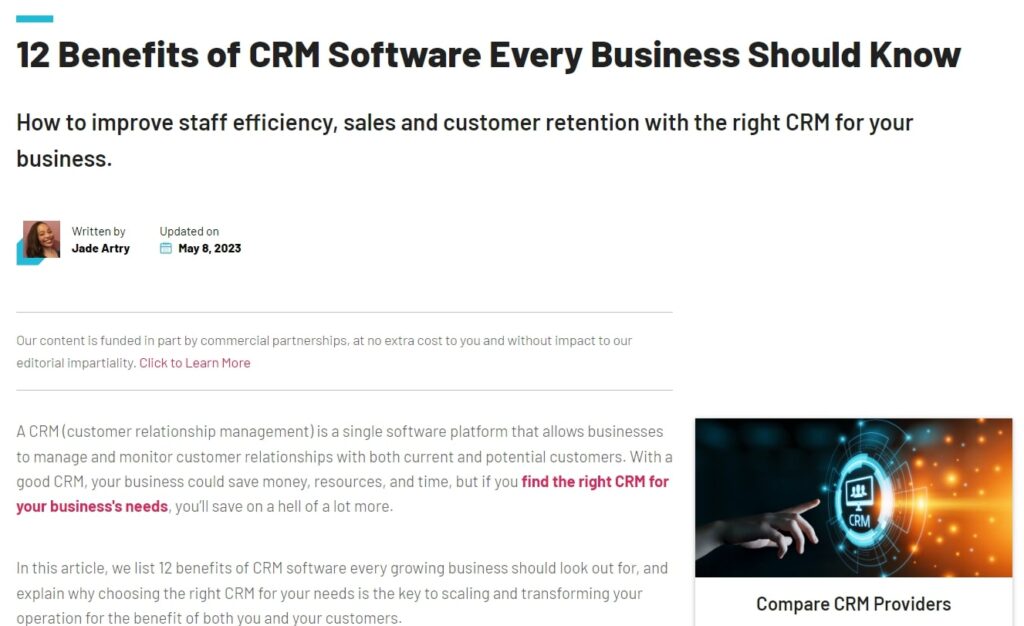
Now, they’re on search engines exploring SaaS solutions to streamline their business processes. At this juncture, they’re seeking in-depth insights and weighing options to resolve their identified challenges. Since a significant portion of potential customers linger in this middle stage, teetering on the edge of conversion, concentrating about 80% of your content efforts here can be strategic.
This phase isn’t merely about amplifying web traffic, as it is often the primary goal at the top of the funnel. Here, the focus shifts towards encouraging direct engagement with your SaaS company. It’s about scaling interactions – be it through form submissions, live chats, email inquiries, or even scheduling demo requests.
Bottom of the funnel content
At this juncture, prospects have a clear understanding of their challenge and are acquainted with the available SaaS solutions. They are poised for purchase, rendering this phase ripe for you to capture their attention and steer their decision in your favor.
Prospects now are delving deep into middle-funnel content, which should seamlessly lead them to pivotal bottom-funnel pages, such as:
- Product feature pages
- Case study pages
- Contact or demo request pages
These pages are optimized with targeted keywords like “best automation software,” “schedule a demo for CRM software,” or “most affordable CRMs with AI capabilities.”
Content crafted for the awareness and discovery stages should ingeniously navigate traffic through the funnel, setting the stage for exponential growth.
Here’s an illustrative example of how a SaaS company’s funnel might be structured:
- Awareness: A blog post titled “Emerging Trends in Workflow Automation” with a concluding link leading to a discovery stage content piece.
- Discovery: An article “Top 5 Features to Look for in an Automation Tool” with a link at the end directing readers to a case study or product feature page.
- Consideration: A case study, “How Our Automation Software Transformed XYZ Company’s Workflow” with a concluding call to action leading to the contact or demo request page.
The call to action (CTA) at the end of each content piece is pivotal, designed to usher readers to successive stages in the funnel, ensuring a fluid, intuitive journey toward conversion.
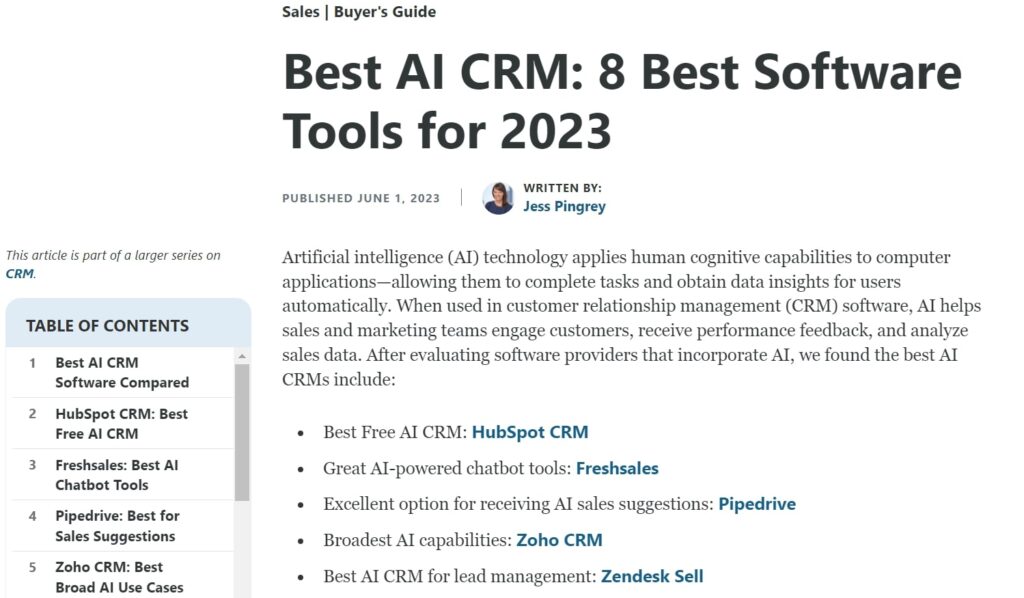
4. Building backlinks and online authority
A well-architected website and keyword-optimized content are foundational elements to scale your SaaS brand’s visibility. Yet, the journey to securing top-tier rankings and bolstering conversion rates extends beyond these. Building your site’s authority is instrumental – it’s a catalyst that earns Google’s nod of approval and fosters trust among potential customers.
When your insightful blog post gets a shoutout on a reputable tech blog or a renowned media outlet, it’s a nod to Google and your audience that your SaaS brand is a credible entity. It’s akin to receiving an endorsement from an industry luminary, enhancing your brand’s credibility and driving traffic.
High-caliber content, enriched with expert insights and pragmatic solutions, garners backlinks from esteemed platforms like tech journals and news websites. Every backlink is a vote of confidence, amplifying your search rankings.
But, it’s a discerning journey.
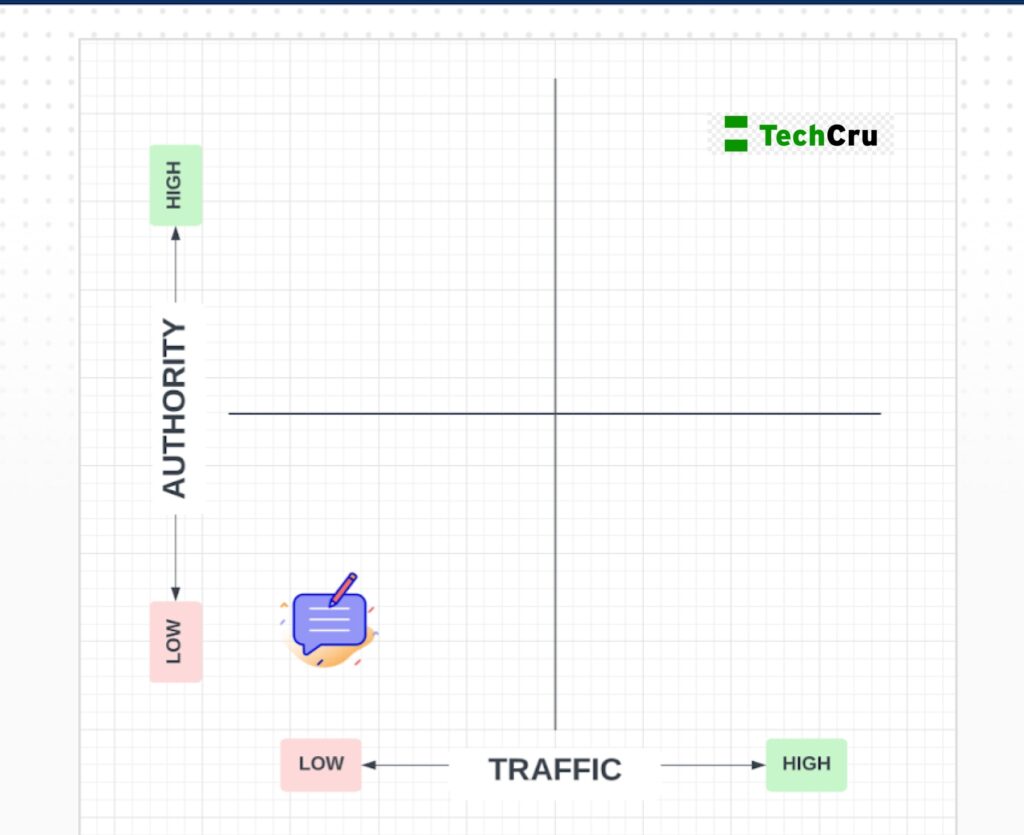
As illustrated, sites nesting in the lower left quadrant, characterized by low traffic and authority, don’t make for potent backlinks. Contrastingly, a nod from a powerhouse like TechCrunch, characterized by immense traffic and authority, is a golden ticket.
A backlink from TechCrunch lends your SaaS brand an unparalleled endorsement, far surpassing a link from a low-traffic, low-authority site. Google might even overlook the latter. The quest is to earn links from platforms that not only boast traffic and authority but also align with your industry and target audience.
A backlink from a revered tech journal carries more weight for a SaaS brand than one from an unrelated niche.
Here, SaaS companies should hone focus on three tiers of backlink acquisition:
- Tech media links: Collaborations with PR agencies can spotlight your SaaS solutions on prestigious tech media outlets (e.g., TechCrunch, Wired, etc.).
- HARO links: Leveraging platforms like Help a Reporter Out to contribute expert insights to articles, earning backlinks that bolster your brand’s authority.
- Industry blogs/websites: Garnering backlinks from non-competitive, yet related SaaS or tech websites that reference your content, or where you contribute guest posts enriched with value and expertise.
Each backlink is a stride towards elevating your SaaS brand’s online authority, ranking prowess, and ultimately, the conversion trajectory.
5. Leveraging landing pages for specific campaigns
Every tailored SEO campaign for SaaS products is significantly enhanced with the inclusion of dedicated landing pages. These are not just conversion catalysts but also strategic tools designed to echo and amplify the core message of each campaign, ensuring that every visitor’s experience is aligned and optimized.
Whether the traffic source is paid ads or targeted email marketing, these SEO-optimized landing pages, adorned with elements of social proof and client testimonials, foster an environment of trust and credibility, enticing visitors to take the next step in their customer journey.
6. Stay updated and consistent
The ever-changing world of SEO is both a challenge and an opportunity for SaaS businesses. As algorithms evolve and new trends emerge, the need for ongoing adaptability becomes critical.
By regularly auditing and updating SEO strategies, SaaS companies ensure that they not only keep pace with changes but also leverage them to enhance their visibility and competitiveness in the digital space. In this dynamic environment, consistency and adaptability become the cornerstones of sustained online prominence.
7. Embrace the power of link building
The universe of link building extends beyond the conventional territory of guest posting. For SaaS companies aspiring to carve a niche and ascend the ladders of online visibility and authority, exploration and innovation in link building are key. Assets like infographics, webinars, and original research stand as powerful magnets, drawing in quality backlinks from diverse and authoritative sources.
Each link earned not only amplifies visibility but also adds a layer of credibility, showcasing the SaaS brand as a reservoir of value and innovation in the crowded digital ecosystem.
SEO is awesome, but requires a lot of work – we can help
As a SaaS leader, your focus is innovation and customer satisfaction. While SEO is crucial, it’s intricate and can consume significant time. We offer a solution—a partnership with our specialized SEO agency, which is adept in the SaaS landscape.
We leverage data insights and industry benchmarks to craft precise growth models, offering a clear picture of the expected ROI. With us, you’re not navigating the SEO maze alone; you’re supported, informed, and poised for measurable growth.
Ready to explore this synergy? Connect with our growth team to elevate your SaaS brand efficiently.
